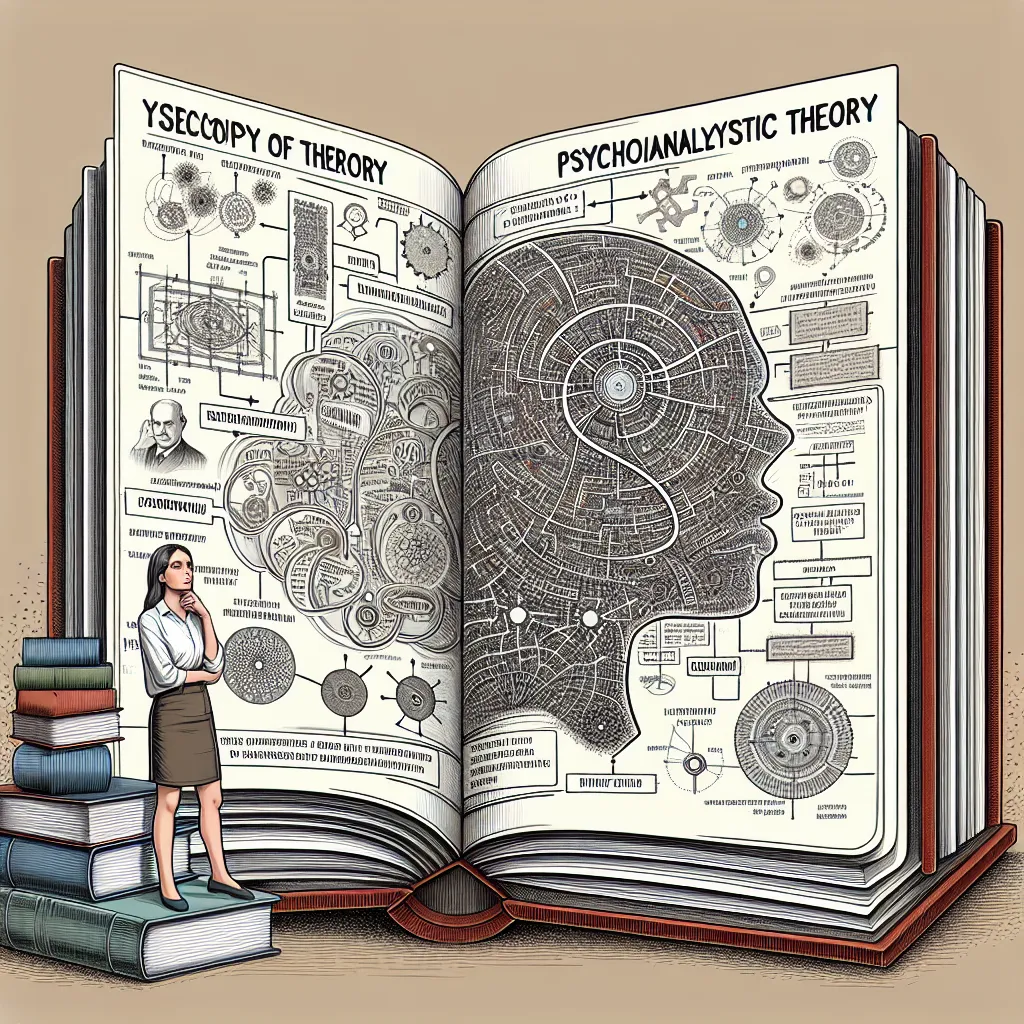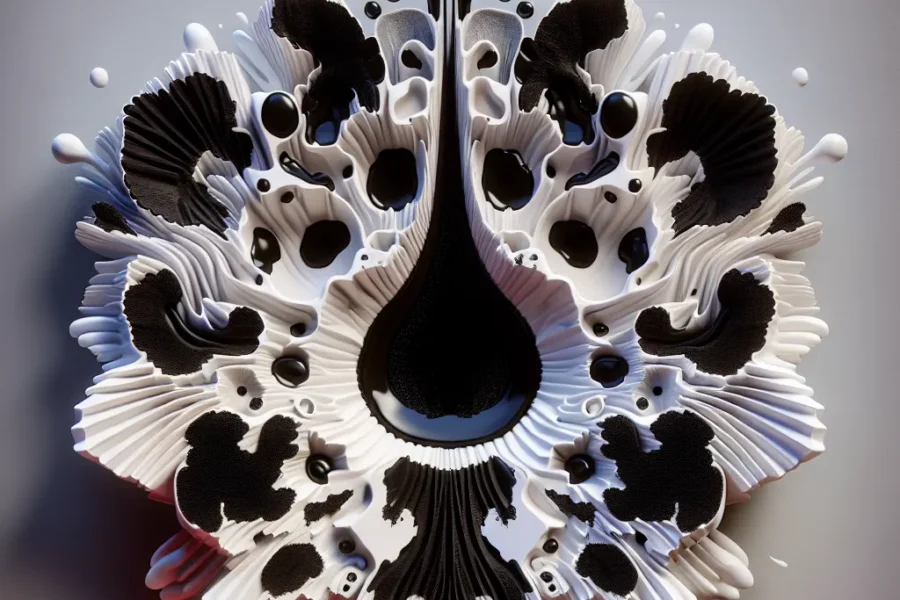Anna Freud, the daughter of the pioneering psychoanalyst Sigmund Freud, made remarkable contributions to the field of psychoanalytic theory, particularly in the realm of child psychology. Her work has been instrumental in the development of child psychoanalysis and the understanding of the defense mechanisms of the ego.
Anna Freud’s contributions to psychoanalytic theory are vast and multifaceted. She was born on December 3, 1895, in Vienna, Austria, and grew up in the heart of early psychoanalytic thinking. Her father, Sigmund Freud, had already changed the face of psychology with his innovative ideas about the human psyche and the unconscious mind. Anna was deeply influenced by her father’s work and went on to carve her own significant place in the history of psychoanalysis.
One of Anna Freud’s substantial contributions to psychoanalytic theory is her conceptualization of defense mechanisms. While her father had initially identified a few defense mechanisms, it was Anna who significantly expanded upon these ideas. Her seminal book, “The Ego and the Mechanisms of Defence” (1936), introduced a more thorough and systematic exploration of the ways in which individuals unconsciously protect themselves from psychological distress.
Defense mechanisms, according to Anna Freud, are unconscious resources used by the ego to manage conflicts between the id, ego, and superego. These mechanisms include repression, denial, projection, reaction formation, displacement, and sublimation, among others. She posited that these mechanisms help the ego cope with feelings of anxiety, guilt, and shame. Anna Freud’s elucidation of defense mechanisms remains a central aspect of psychoanalytic theory and has a considerable impact on clinical practice.
Another fundamental aspect of Anna Freud’s work is her development of child psychoanalysis. Unlike her contemporaries, who largely focused on the psychoanalysis of adults, Anna recognized the importance of analyzing the psychological processes of children. Her observations and clinical work led her to believe that children’s symptoms should not be interpreted in the same way as adults’ symptoms since children’s psyches are in a constant state of development.
In her work with children, Anna Freud stressed the importance of the child’s relationship with the analyst. She noted that children often displayed transference phenomena, where feelings and conflicts related to important figures in the child’s life become directed towards the analyst. She used play as a method of communication to understand and analyze these transference relationships. Her innovative techniques to engage children at their level of understanding shifted the psychoanalytic approach to child therapy and influenced modern child psychology techniques.
Furthermore, Anna Freud’s contributions extend to the field of education and the care of children. She believed in the importance of a strong educational system that considered the psychological well-being of children. Anna established a school for children who were directly affected by World War II, underscoring the significance of providing social and emotional support in an educational setting.
Anna Freud was also an original thinker regarding the role of the ego in psychological development. She saw the ego not merely as a mediator between the id and the superego but as a vital part of personality development. Anna Freud’s theory of ego psychology emphasized the adaptive capacities of the ego. She suggested that a strong ego can effectively manage internal conflicts and withstand the pressures of the external world. This view of the ego as a defense-facilitator has influenced both psychoanalytic practice and various forms of psychotherapy.
Moreover, Anna Freud made strides in the understanding of adolescence. She acknowledged that adolescence is a time of internal turmoil and exploration, where the young individual renegotiates their identity and deals with the emergence of adult sexuality. Her focus on the psychological processes of adolescence enriched the psychoanalytic perspective on development during this crucial stage of life.
Anna Freud’s work also highlighted the concept of developmental lines, which traces the maturation of certain functions or behaviors from infancy through adulthood. This concept allows for a more organized view of normal development, as well as providing a framework for understanding deviations from typical developmental paths. Her insights on development greatly enhanced the capacity of psychoanalysts to address various psychopathologies beginning in childhood.
In addition to her work in theory and clinical practice, Anna Freud was a dedicated teacher and mentor. She traveled extensively, giving lectures and sharing her insights with other psychoanalysts, and played a key role in the spread of psychoanalytic ideas. Her influence extended into the creation of institutes and organizations that promoted the teaching and practice of psychoanalysis, including the Hampstead Child Therapy Course and Clinic in London, which later became the Anna Freud Centre.
Anna Freud’s contributions to psychoanalytic theory have had a lasting impact. Her expansive view of the ego’s functions, her detailed account of defense mechanisms, her pioneering work in child psychoanalysis, and her application of psychoanalytic concepts to education and child care have all profoundly shaped the field. In her work, the importance of early experiences, relationships, and emotional development was consistently emphasized, ideas that continue to resonate within contemporary psychology and psychotherapy.
Today, Anna Freud’s legacy lives on through the many texts she authored, her innovative clinical techniques, and the institutions that bear her name. Her dedication to understanding the human mind has inspired generations of psychoanalysts, psychologists, educators, and social workers. She remains a seminal figure in psychoanalysis, and her contributions continue to influence therapeutic practices and psychological theories across the globe.
In conclusion, Anna Freud made groundbreaking contributions to psychoanalytic theory that have persisted over time. Her focus on defense mechanisms advanced the comprehension of how the mind operates under stress. Her pioneering work in child psychoanalysis transformed the way children are treated, emphasizing the distinct psychological world of the child. Through her commitment to education and development, Anna Freud’s impact extended beyond the consulting room and into the larger realm of child welfare and well-being. Her legacy remains invaluable to the understanding of the human psyche and the practice of psychoanalysis, demonstrating the lasting significance of her life’s work.



Leave a Comment